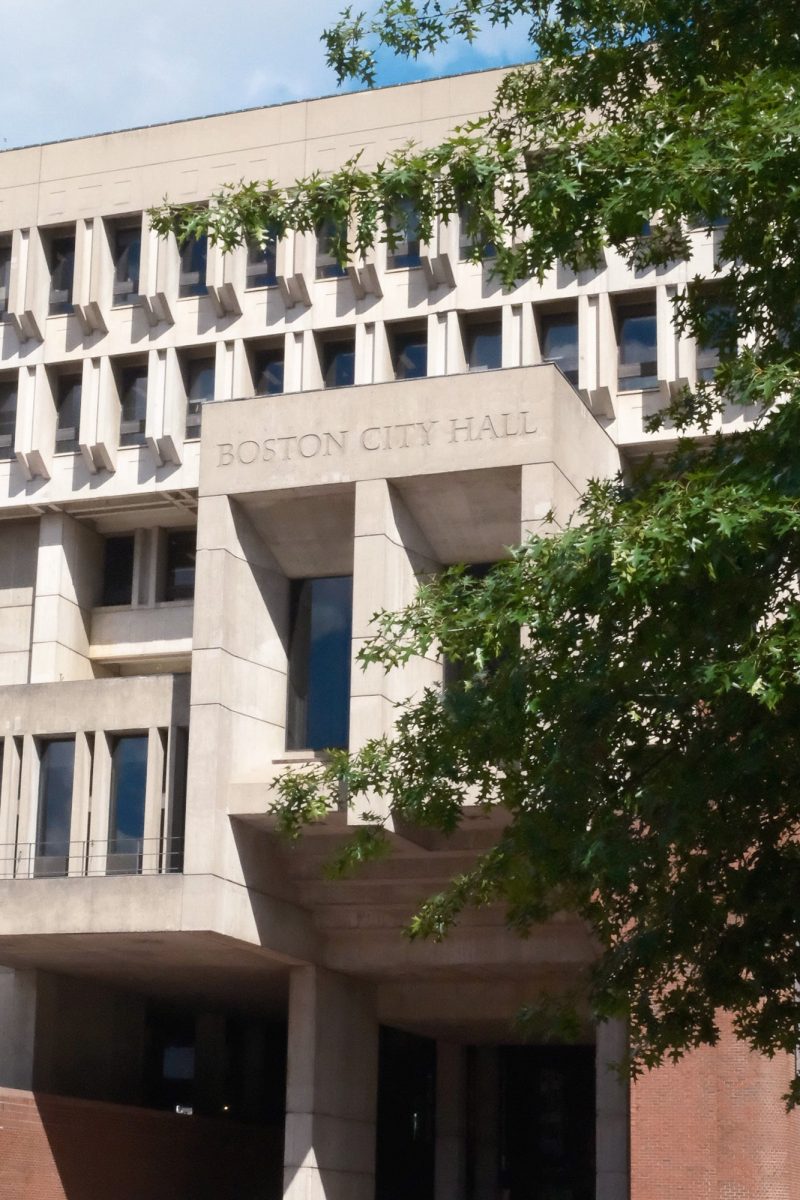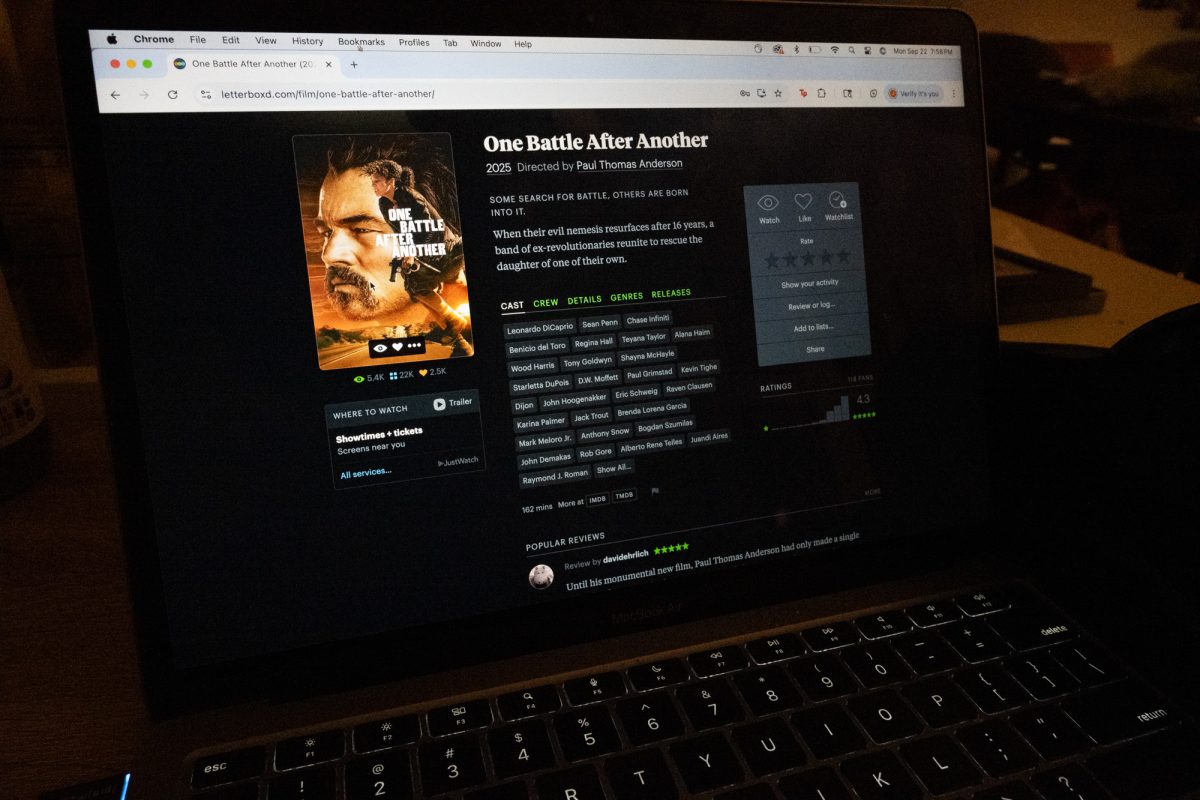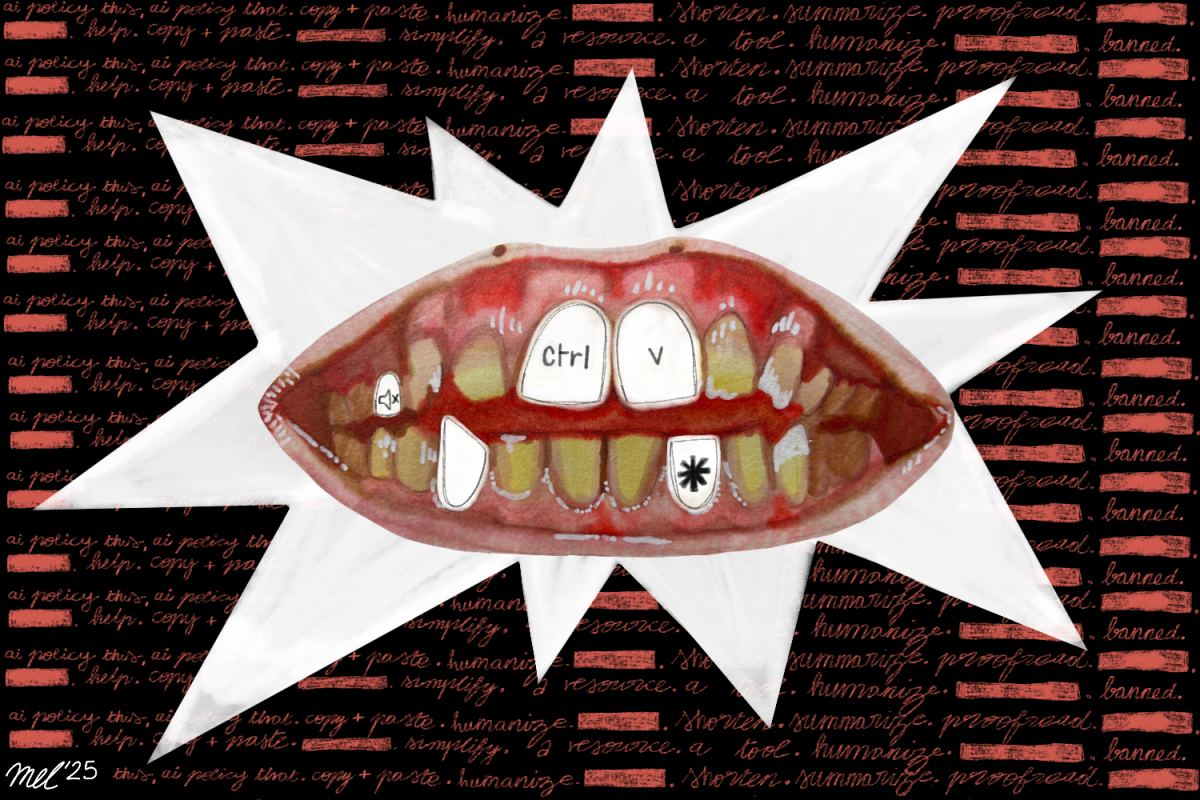During the end of my summer reading list this year, I had the ultimate goal of reading Alice Oseman’s entire literary collection. I read every novella, novel, comic and short story that existed, and as much as I can sit and praise their writing, I have one tiny critique about the lack of women loving women (WLW) at the forefront of any of these stories.

Oseman has written an array of stories centering around characters who are gay, transgender, bisexual and asexual. Although she does write about some characters who are lesbian — including Tara and Darcy from the “Heartstopper” comics –– they are not the main characters of the story.
In 2020, Oseman posted on X that their novels were not “about” being LGBTQ+, which is understandable as they deal with multiple subjects, including mental health issues –– a main topic in many of their books. I think this is especially important when looking for books that feature WLW as main characters, which is why I was disappointed when I read Oseman’s book, “Loveless.”
Although I enjoyed it and the addition of asexual characters – who don’t experience sexual attraction – the absence of these other characters made me think more about the literary community as a whole. This is less a critique on Oseman but instead poses more of a question to the community as to what they are afraid of when it comes to writing about lesbians.
There are a limited number of lesbian novels depicting young people which are not entirely about coming out, dating games or involving some supernatural, fantasy element — especially ones that have come out in the last 10 years.
If you Google lesbian novels, only a few of the top 10 came out after 2010. In 2021, associate editor at Book Riot Danika Ellis wrote an article about lesbian novels, arguing that if someone claims there are no lesbian novels out there, they aren’t looking.
In a way, I do understand this argument, but overall, there is a lack of mainstream lesbain novels or even novels that feature female relationships — regardless of labels — that grasp the same audience as people who read mainstream men loving men (MLM) books and also contain similar topics as those books.
In mainstream MLM books, there is an array of topics that are addressed. There are still some books that deal with the tropes of dating (enemies to lovers, fake dating, etc.), but overall, they are written differently. If we even look at old books like “Giovanni’s Room” by James Baldwin or “Maurice” by E.M. Forster, I believe the way relationships are written for men are completely different than if people were to write lesbian novels.
Oseman has both the audience and ability to write a lesbian novel (or, again, a queer female novel) that contains the same topics as the ones they’ve written previously.
They wrote Tara and Darcy from “Heartstopper” and portrayed Darcy’s family issues. They wrote Becky from “Solitaire” and “Party Girls” and Raine from “Radio Silence” and “Party Girls” and portrayed Raine’s struggle with finding a job that she is pleased with. Both of these couples exist within bigger stories and have side plot lines, proving that it’s possible to write a novel that has them at the forefront, and not their sexuality.











































































































nina from canada eh • Oct 30, 2023 at 12:43 pm
the lesbians are in hiding because despite supposedly having rights
we are expected to cater to the men who claim all women are bisexual or that he is a lesbian
cotton ceiling ended pride